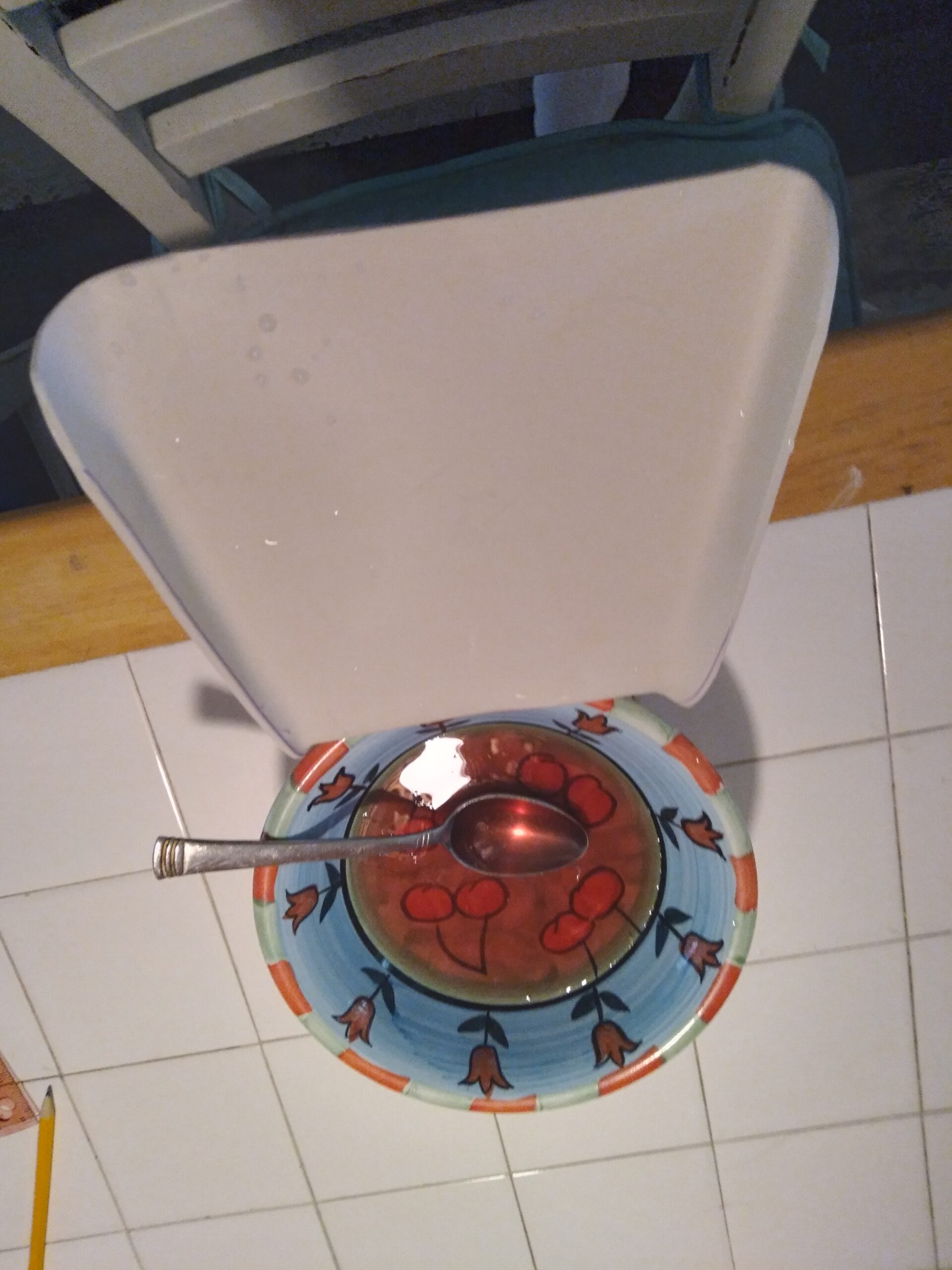Parkinson’s Disease, Eating and Reduced Energy Intake: A Study Review with Implications for Eating Devices for Parkinson’s Disease

In today’s Blog we review a recent study that has implications for eating devices for Parkinson’s Disease. Individuals with Parkinson’s Disease encounter motor and non motor difficulties. As you know the focus of this website is adaptive eating aids. We are currently developing an adaptive eating aid for Parkinson’s and Essential Tremor. The motor problems of tremor activity and bradykinesia are well documented. There are also non motor problems that may be present. These may include GI dysfunction and taste and smell impairments. In this post we review a recent study that examined how these factors impact food intake and therefore energy intake for people with Parkinson’s Disease.
The study is entitled: “Lower Energy Intake Among Advanced vs. Early Parkinson’s Disease Patients and Healthy Controls.” This study was published in Nutrients: 2020. The study was a cross sectional design that included 23 Healthy Controls, 20 patients with early Parkinson’s Disease and 21 patients with advanced Parkinson’s Disease. The subjects were evaluated before data collection for the amount of tremor activity as well as taste and smell function.
Data collection was performed with the subjects eating a specified lunch consisting of sausages, potato salad and apple sauce puree. The food was measured before and after the subjects ate the meal at their own pace. The patients with advanced Parkinson’s Disease had a significantly lower food intake than the other subjects. Surprisingly, smell and taste factors did not appear to impact the lower food intake of the patients with advanced Parkinson’s Disease.
Among others, the conclusions of the study were: “Our results suggest that interventions target upper extremity tremors, spoonfuls, dysphagia and eating problems.” The authors also state that “Targeted interventions for patients with greater tremor could potentially be helpful to improve energy balance in this group.”
Oviously this result highlights the importance of eating devices for Parkinson’s like weighted utensils, scoop dishes, robotic feeding devices and other adaptive eating aids for Parkinson’s disease. Please visit our Blog on Weighted Utensils for a further discussion of weighted utensils for Parkinson’s.

We are currently developing the Chill Spill eating device for Parkinson’s Disease. A prototype photo is below:

Eating Aid For Parkinson’s Prototype
Thanks for visiting today. We also invite you to visit our Adaptive Eating Aids Shop.
References:
Fagerberg, P; Klingelhoefer, L; Bettai, M; et. al. “Lower Energy Intake Among Advanced vs. Early Parkinson’s Disease Patients and Healthy Controls in a Clinical Lunch Setting; A Cross Sectional Study” Nutrients, July 2020.
Sheard, J.M; Ash, S; Silburn, P.A; Ker, G.K. “Prevalence of Malnutrition in Parkinson’s Disease: A Systematic Review.” Nutrition Review 2011, 69, 520-532.